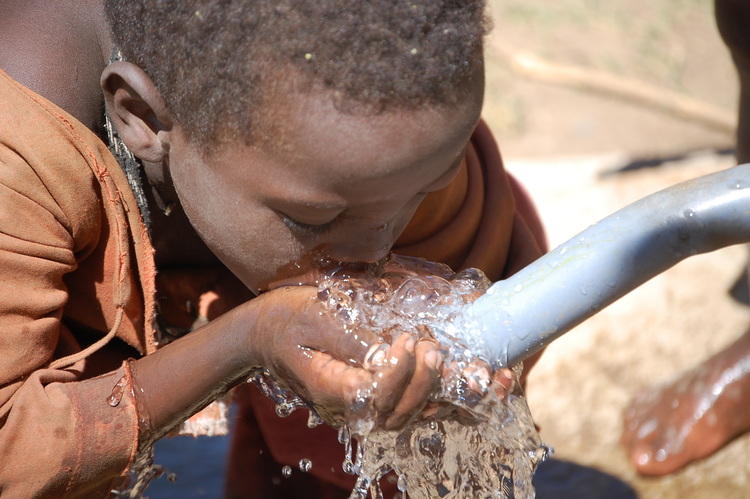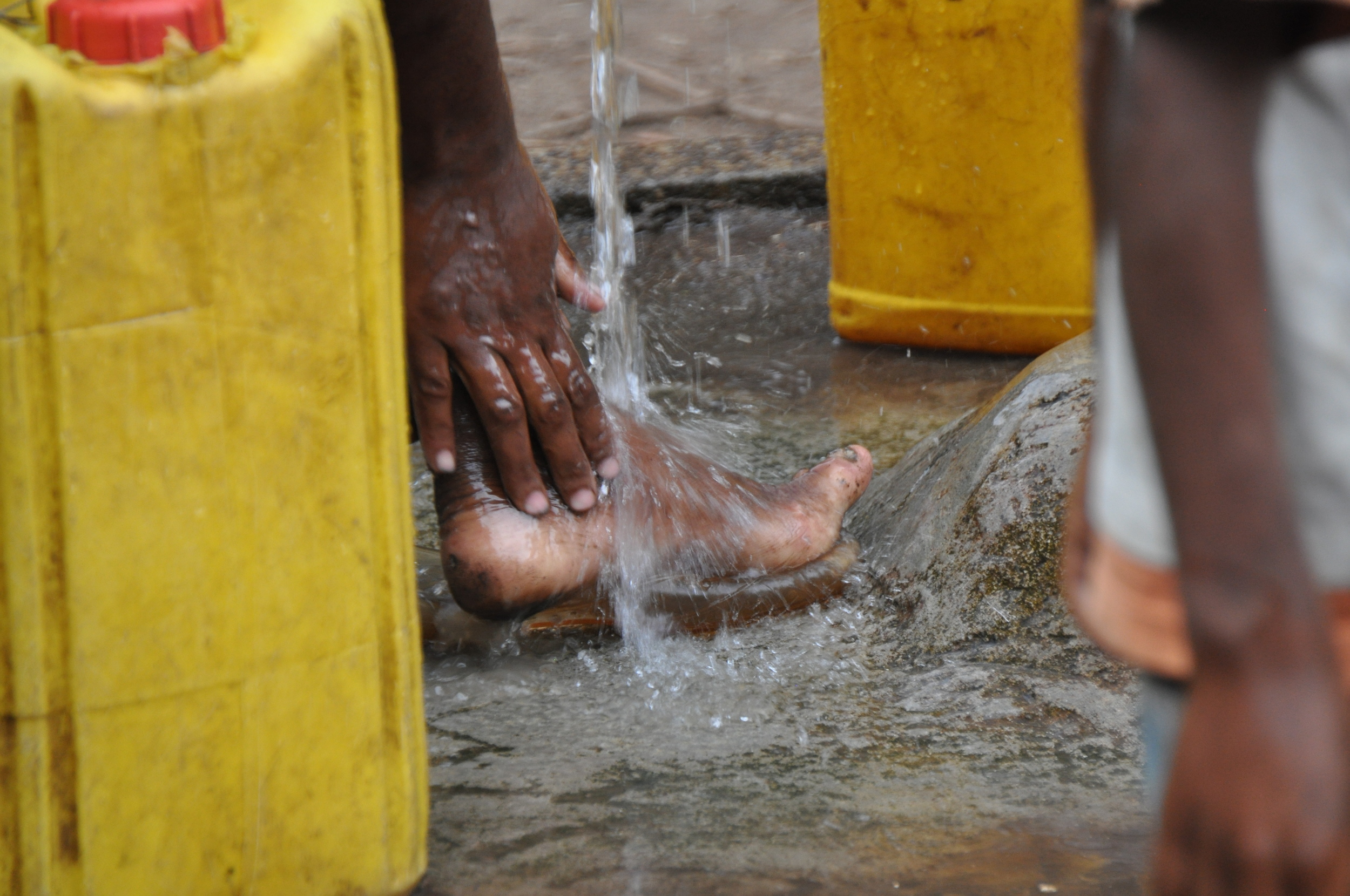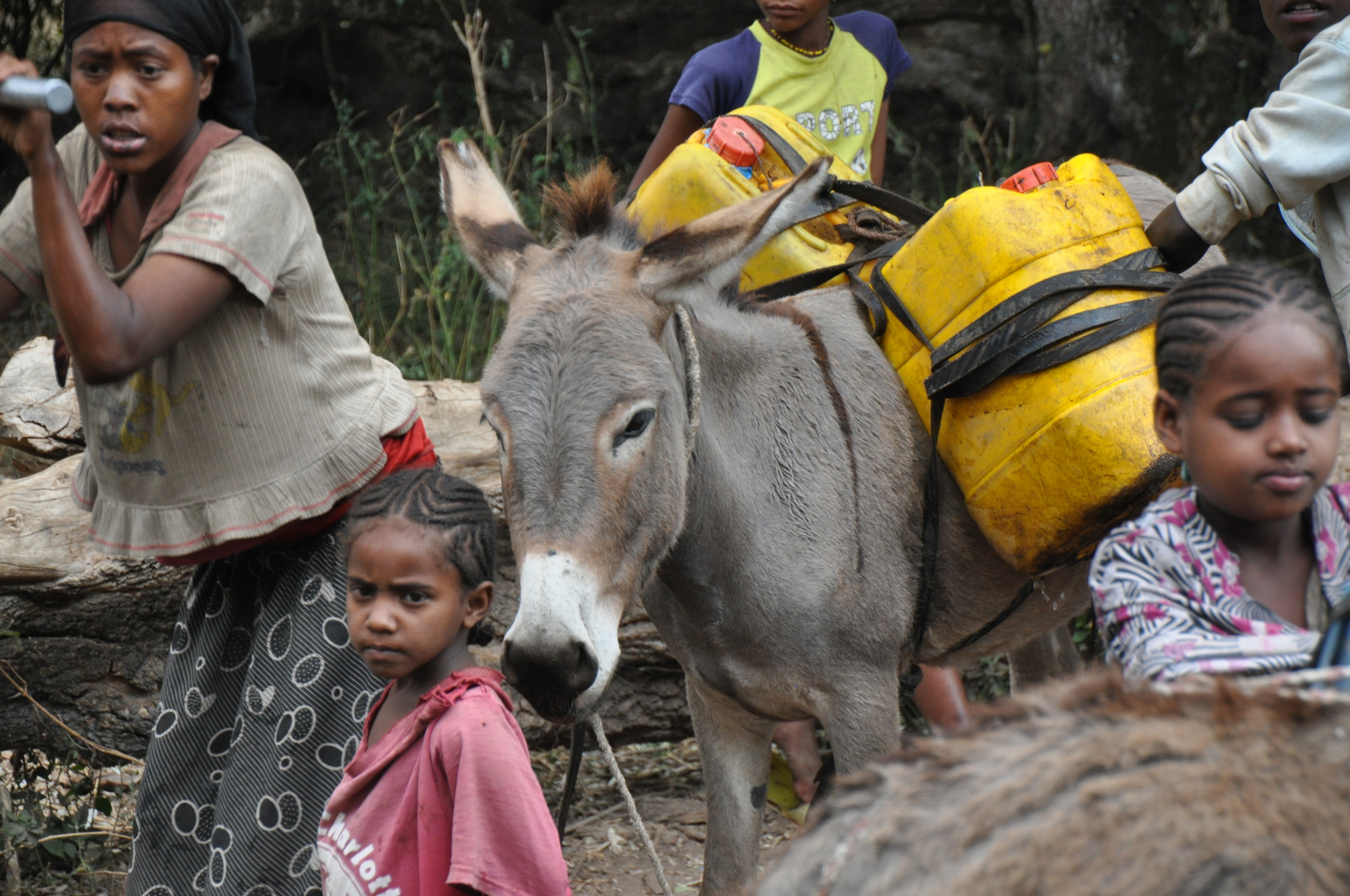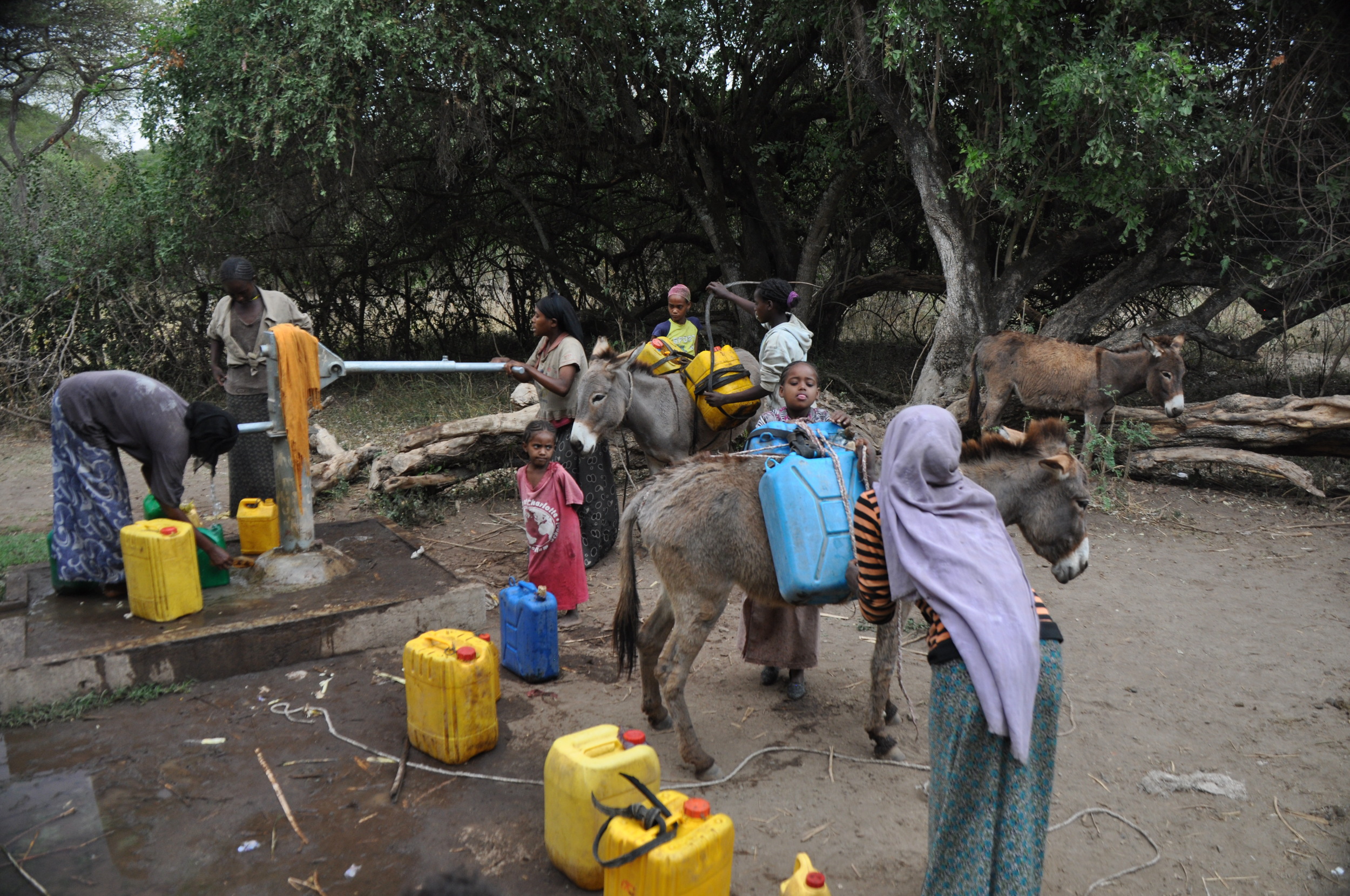Water Is Life Ethiopia: Being able to provide safe drinking water to rural areas in Ethiopia is our goal. We want to break the cycle of dependency and empower entire communities to sustain themselves and work their way out of poverty through the provision of clean water.
"Safe water for everyone, everywhere." Water is the most basic life resource, yet approximately 2.1 billion people (nearly 25% of the world's population) do not have access to safe water.
SENAI’s Water Is Life Ethiopia project is a designated/restricted project. All funds donated will go to implementing water projects across Ethiopia.
Why?
In Ethiopia alone, 60 million people do not have access to safe water. The number of people without access to safe drinking water in sub-Saharan Africa increased by 27 million between 2000 and 2020, and this is the only region in the world where this is happening.
Unsafe water, sanitation, and hygiene is still responsible for the deaths of around 400,000 children under the age of 5 each year. This means, over 1,000 children die everyday from this cause.
Source: UNICEF 2023
Globally, diarrhea is the leading cause of illness and death. For children alone, there are 505,000 diarrhoeal deaths per year, due to a lack of access to sanitation facilities, together with inadequate availability of water for hygiene and unsafe drinking water.
Source: WHO 2023
A significant portion of diarrhoeal disease can be prevented through safe drinking-water and adequate sanitation and hygiene.
Source: WHO 2024
Today 3.4 billion people live without safely managed sanitation. 1.7 billion people still lack basic hygiene services at home, including 611 million without access to any facilities.
Source: WHO 2025
How?
SENAI partners with local businesses and NGO's to implement our water projects in Ethiopia. They provide a skilled and local workforce, business relationships, in-country experience and dedication to social enterprise.
• Members from each community participate in the well drilling project by providing labor for the installation, building a fence to protect the well, and gathering a goat or chickens for payment.
• Because we use local resources, we are able to get competive pricing (depends on depth, location, and amount of materials and machinery.)
• Because some of the equipment is manufactured locally and the wells are dug by the people of the community, moving parts are easier to maintain and repair.
• Upon completion of the well, basic health and hygiene are taught to community leaders, who then pass this education on to the people in their villages.
• Year-round farming is now possible because of a clean water source. Tools are sold or donated so drip irrigation gardens can be created. People are better able to feed their families and can sell their surplus in the market.







